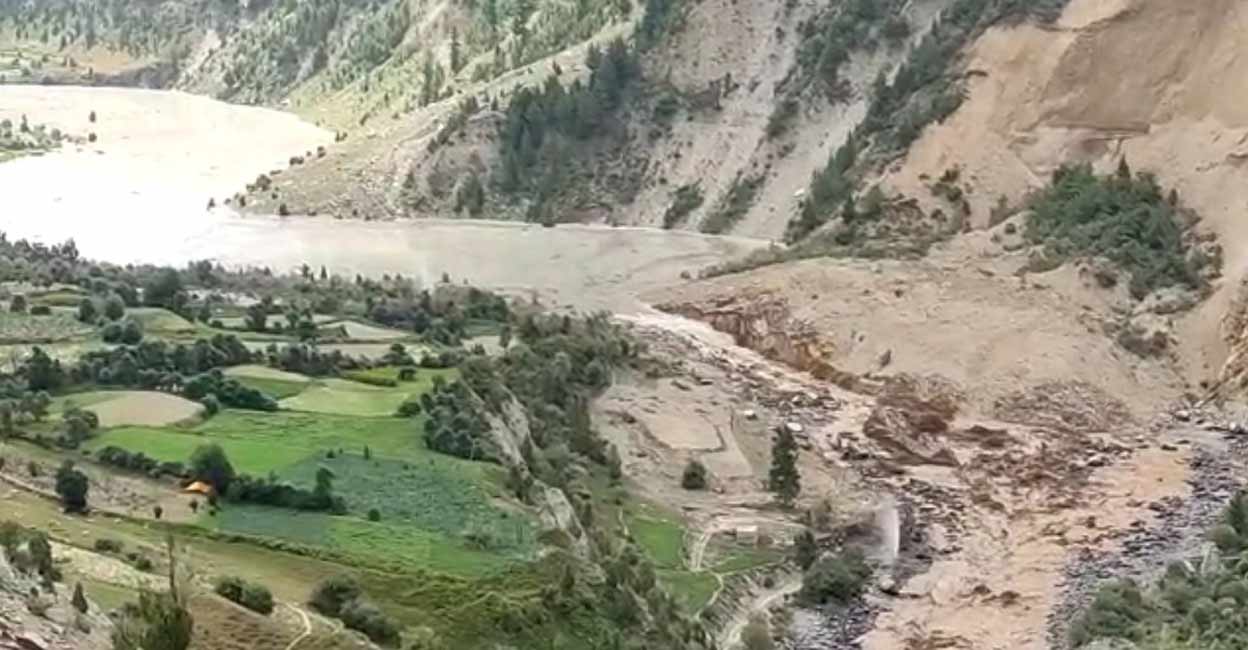'Stop unsustainable activities, rejuvenate natural forest to save the Himalayas'

Mail This Article
The monsoon season heralds landslides in the Himalayan region. More than 30 landslides have been reported from Himachal Pradesh alone this rainy season. The latest landslide in the hilly state killed 13 people and this occurred soon after another similar incident that proved fatal to a few tourists.
While changed precipitation patterns, including intense rainfall and cloudburst, are the major contributors to such events, experts point towards climate change and unsustainable development activities in the region as lethal to the Himalayan ecology.
Impact of climate change
“The incidence of extreme precipitation is a result of climate change. There is a major change in the precipitation pattern. The increased intensity of rainfall in turn increases instances of landslides,” says paleoseismologist C P Rajendran, adjunct professor at the National Institute of Advanced Studies, Bengaluru.
Precipitations naturally loosen the top soil and it weakens the rocks by infiltrating into the cracks; thereafter, both the loosened top soil and weakened rocks will accelerate the chances of landslides.
The recent report of the Inter-Governmental Panel on Climate Change (IPCC) points out the alarming truth that impact of climate change in the Himalayan region is irreversible. “Extreme precipitation is projected to increase in major mountainous regions with potential cascading consequences of floods, landslides and lake outbursts in all scenarios,” says the report.
The report also stresses on the impact of increased rate of glacial melt in the region. “Glacial melting will generate increased water pressure on natural moraines that usually act as natural barriers to break and let the water gush down the mountain slope, generating landslides,” Rajendran explains.

The recent studies done by NASA suggest that the incidents of heavy rainfall will increase and the incidents of landslides will also increase in the Himalayas.
Urbanisation, unscientific constructions pose risk
Urbanisation and associated unscientific construction activities such as broadening of road and construction of hydroelectric power projects have proved to be more destructive to the already fragile Himalayan ecosystem.
"These activities impact slope stability, destroy natural vegetation and create new pathways for water penetration," Rajendran says.
What all need to be done now
The high frequency of calamities in the Himalayan region prove that more should be anticipated. Enough reports and data about the persisting risks are available and we have already passed the point to act. But what needs to be done to save the Himalayan ecosystem?
“It is time to stop the unsustainable developmental activities and rejuvenate the natural forest, which will help in controlling landslides. Focusing on sustainable activities, lessening the impact of anthropogenic activities, continuous monitoring of slope stability, generating inventory of landslide-prone areas from previous incidents and collection of multi-based sensor data from vulnerable sites will help in reducing the risk of future disasters, Rajendran notes.
It's time to reorient the action plans and make efficient use of available knowledge and technology. Multi-pronged measures should be adopted by the authorities to ensure a sustainable environment.

